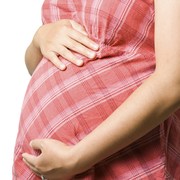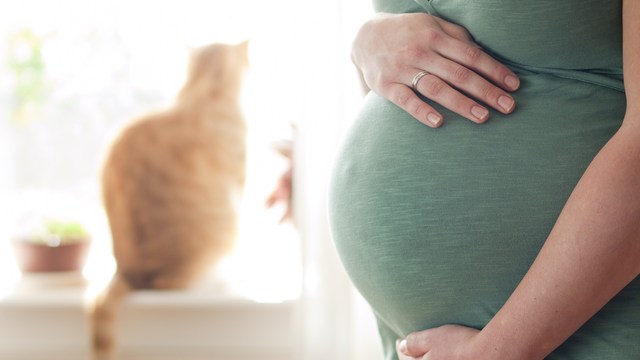 MonkeyBusiness Images/PhotoSpin
MonkeyBusiness Images/PhotoSpin
A 2013 ProTWIN study carried out by doctors in Amsterdam found that an Arabian-style pessary reduced the number of poor neonatal outcomes in women with short cervixes who were carrying multiples.
A pessary is a removable device placed into the vagina to help bear the weight of the pregnancy. The device, typically used in women experiencing pelvic organ prolapse, is fitted around the cervix and shifts the extra weight off the delicate cervix area.
This study included 813 women with a multiple pregnancy seen at 40 hospitals across the Netherlands.
It was randomized to usual care or open-label placement of an Arabian pessary between 16 and 20 weeks gestation in the pregnancy, and was left in place until 36 weeks gestation or the rupture of membranes, severe contractions, vaginal bleeding or mother's discomfort.
In the ProTWIN study, researchers found poor neonatal outcomes were 60 percent less likely for women with a short cervix (in the bottom 25 percentile for cervical length) who used a pessary. Out of the 813 women in this study, 145 of them "qualified" as having a short cervix.
Researchers found this group had a 29 percent rate of poor neonatal outcome when typical care was given (without a pessary) but those that had a pessary inserted lowered the poor neonatal outcome rate to 12 percent.
There was also a big drop in mortality for this group as a result of of using the pessary. Though two twins died while in hospital in the pessary group, researchers compared that to the 10 infants who died in the usual care group. These clearly significant results were reported at the Society of Maternal-Fetal Medicine meeting in February 2013.
Senior author Dick Bekedam, MD, PhD, of Onze Lieve Vrouwe Gasthuis in Amsterdam, is cautiously hopeful about these results. In an interview given recently, he expressed the fact that the results from this study are important for the relatively small group of women with short cervixes carrying multiples.
There has been very little done to intervene in preterm births, which cause many of the poor neonatal outcomes, so this research is a good start. He cautioned against getting overzealous though by saying that these results still need to be proved in a primary outcome study.
Pessaries are not common in the United States but this research, and future studies on pessaries, may change that fact. If this simple, inexpensive device can help even a handful of women carry their multiple pregnancies to term and deliver healthy babies, then this research is well worth the time and effort.
Sources:
WebMD.com. Web. 27 February 2013. "Vaginal Pessaries". http://www.webmd.com/urinary-incontinence-oab/vaginal-pessaries
Medpagetoday.com. Web. 27 February 2013. "Pessary Helps Some Women Keep Twins Onboard".
http://www.medpagetoday.com/MeetingCoverage/SMFM/37394?utm_content=
Reviewed February 28, 2013
by MIchele Blacksberg RN






Add a CommentComments
There are no comments yet. Be the first one and get the conversation started!